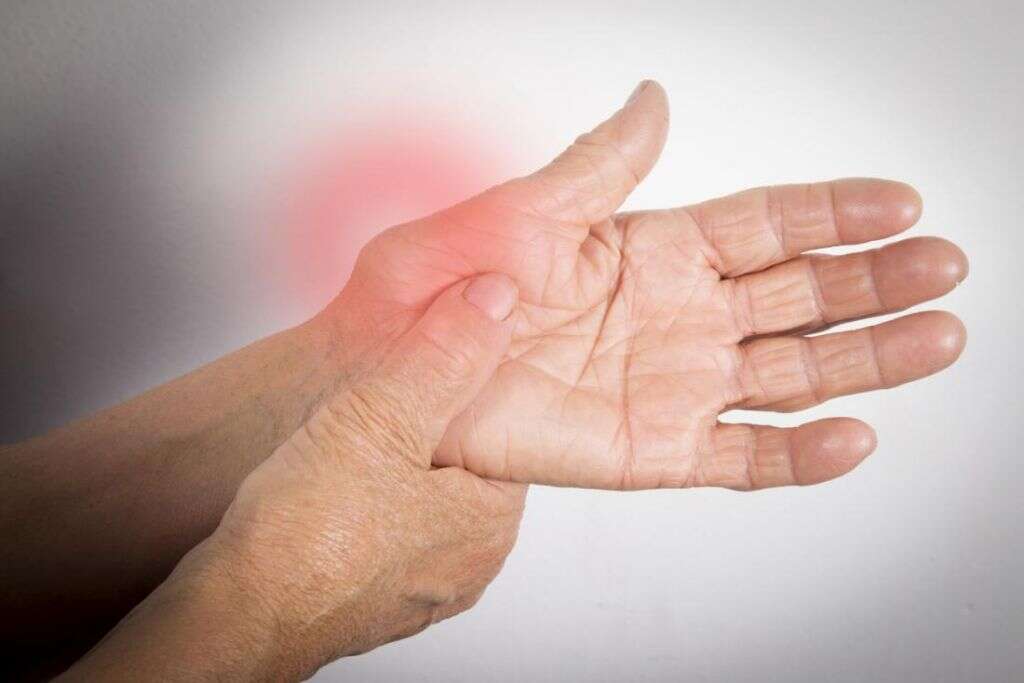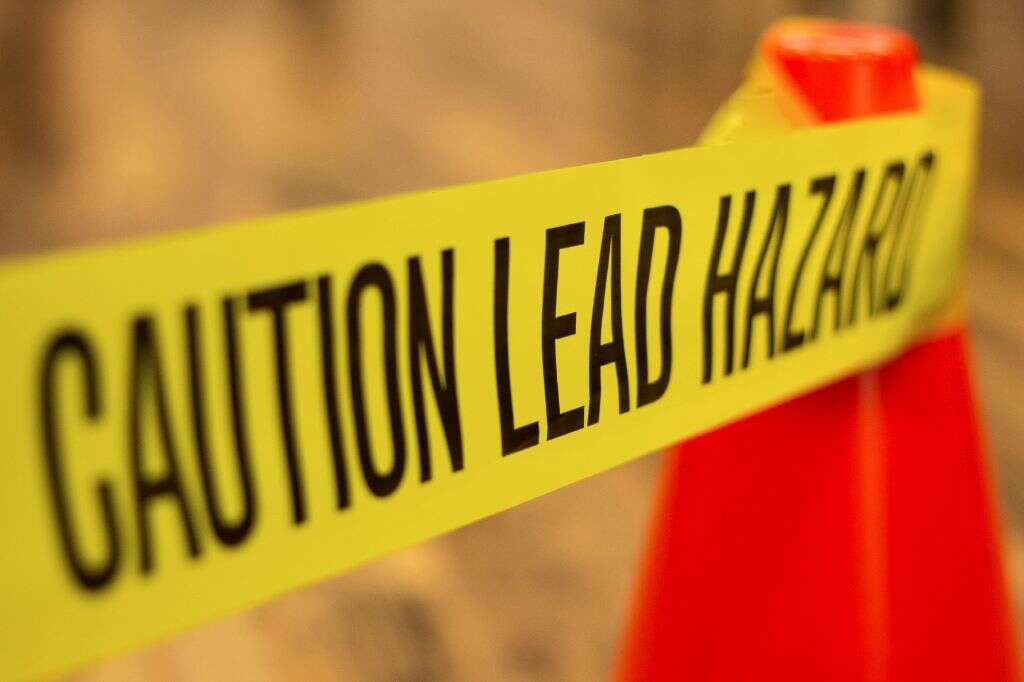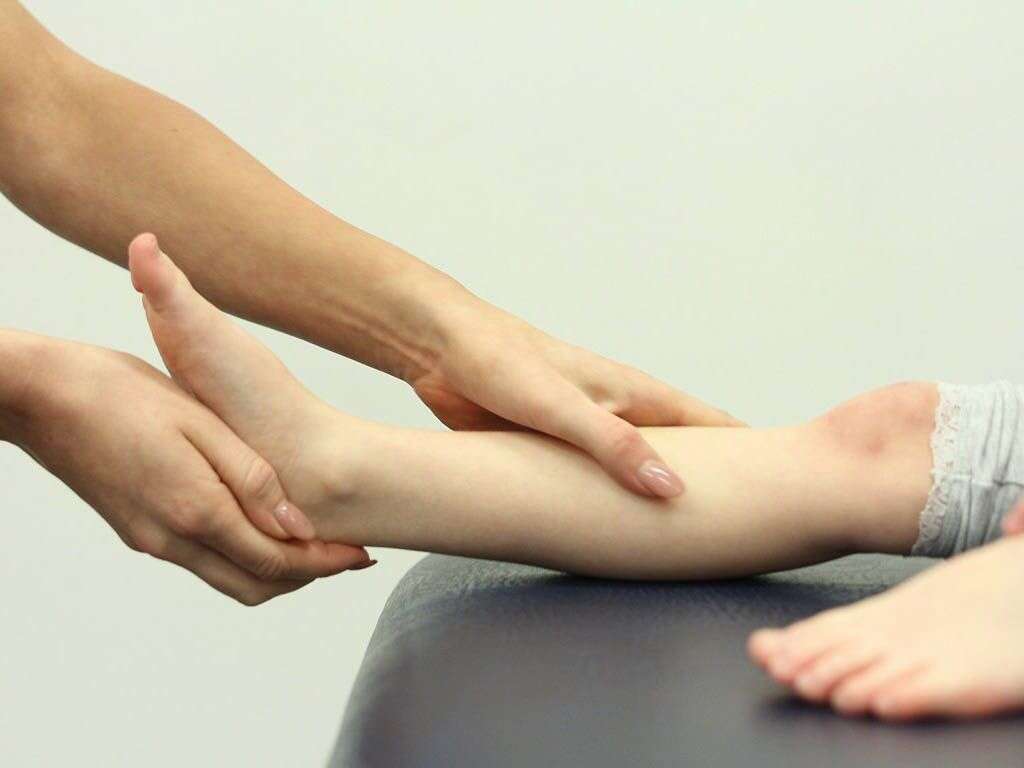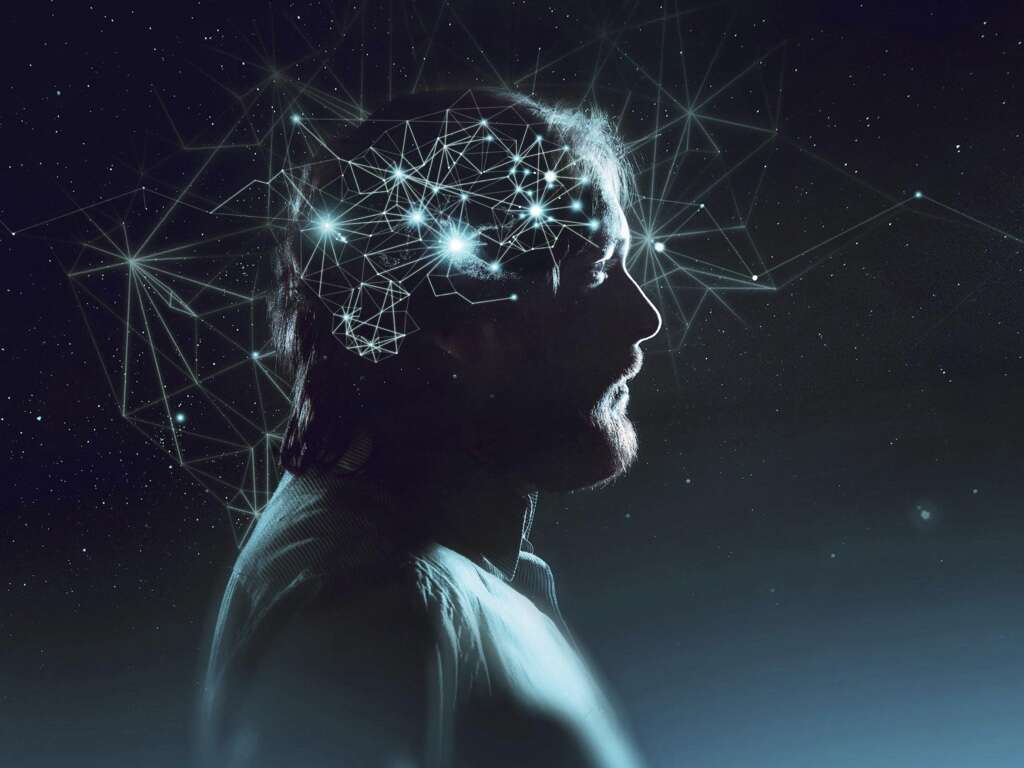What Is Dystonic Reaction?
Muscle twitches are not uncommon, and many people have a nervous tick or similar. These are usually quite harmless, even if they can be frustrating, and many people with them will go on to live perfectly normal lives. They can be more severe in some people, however.
Dystonia is a condition where the patient’s muscles contract involuntarily. There are many potential causes for it, and the severity of the symptoms can vary considerably. It can be painful and it can also be distressing for the patient’s loved ones. One potential cause is a dystonic reaction, which is a reaction caused by certain drugs.
1. Dystonia
Dystonia is a condition in which the patient’s muscles will contract involuntarily. This can cause their body to twist and they are also likely to keep on performing particular movements repetitively. The symptoms are only very mild in a lot of cases, but they can be severe in others.
The spasms can affect different parts of the body. In some cases, they can even be very painful for the patient. They can also make it very difficult for the patient to go about their day to day lives and even performing simple chores can be a challenge. It may not be possible for the patient to drive and/or operate heavy machinery due to the dangers involved.
2. Areas Affected
Dystonia can affect different parts of the body. For example, it can cause the patient to blink rapidly in what are known as blepharospasms. These can get worse if the patient is under stress or in bright light, although they are not usually painful for the patient.
There is also oromandibular dystonia, which affects the jaw and tongue. The patient can find it difficult to chew and swallow, while they can slur their speech and they may also drool a lot. This tends to occur alongside other types of dystonia, and it can be quite painful for some people. Other types of dystonia can also affect the voice box, the neck, the legs, and the forearms and hands.

3. Different Types
One of the main types of dystonia is focal dystonia. This type of dystonia will begin in a certain area which is usually the arm, neck, or face. If dystonia starts off as focal then it will usually remain that way, although it will sometimes develop into a different type: Segmental.
Segmental dystonia is where two parts of the body that are joined to each other are affected. For example, the hand and adjoining arm on one side of the body might be affected. There is also multifocal dystonia which means different parts of the body are affected individually. In addition, there is generalized dystonia, which will affect most of the body.
4. Writer’s Cramp
Among the most commonly encountered types of dystonia is writer’s cramp. In medicine it is known as focal hand dystonia. The patient will experience bouts of involuntary contractions in the muscles that affect their hands.
The condition appears to be purely neurological and not associated with fatigue or other potential physical causes. It will often manifest only when the patient is trying to perform specific activities, such as writing, which is how the condition got its name. It can be very painful, and it can make certain activities like writing or playing musical instruments all but impossible.

5. Neuroleptic Drugs
Patients with certain psychological conditions may be prescribed antipsychotic medications. These help to regulate how the brain functions, and they can help to alleviate certain unwelcome conditions that psychological disorders can cause. They tend to be prescribed for people with bipolar disorder and can help prevent or control symptoms like mania, delusions, and hallucinations.
It is not understood exactly how these drugs work, but they can be very effective in helping to stabilize a patient’s mood. They also come with some side effects and they need to be used with caution. In some people they might cause what is known as a dystonic reaction.
6. Dystonic Reactions
As mentioned, some neuroleptic drugs can cause a dystonic reaction. Some other types of medication can also be responsible but neuroleptic drugs are the cause in the majority of cases. The reaction can cause the patient to display a number of symptoms that are typical of dystonia.
In some cases, the patient can begin to show symptoms shortly after the drug is administered. In other cases, symptoms might not begin to show for hours or even days after the patient was given the drug. It can be a very painful experience for the patient but, thankfully, it is not usually dangerous.

7. Who’s at Risk
As mentioned, a dystonic reaction is the result of the use of certain drugs. This means that patients that are given such drugs are at risk, and this usually means people with bipolar disorder. There are other factors that put patients in even higher risk categories.
Patients with a history of using drugs or drinking excess alcohol are at a higher risk of a dystonic reaction. Those with a family history of the reaction are also at a higher risk of a dystonic reaction, while younger people are also at a higher risk. Use of the drug Haldol in particular puts people at a higher risk, with around 25% experiencing the symptom.
8. Other Causes
While a dystonic reaction in particular is caused by the use of certain drugs, dystonia has a number of potential causes. One of these is poisoning by a heavy metal such as lead. Injuries at birth are also a potential cause, as are other types of brain injury. A stroke can also result in dystonia in some cases.
Dystonia can also occur if the brain is deprived of oxygen for long enough. In addition, infections like encephalitis and tuberculosis can also cause it. Some medical conditions like Parkinson’s disease can also result in dystonia, while Wilson’s disease and Huntingdon’s disease are also potential causes.

9. Diagnosis
That patients will sometimes experience a dystonic reaction from certain drugs is well known. Thus, if the symptom does occur, it is usually reasonably safe to reach a diagnosis from the symptom alone. A further look into the patient’s medical history can further confirm the diagnosis.
As mentioned, the reaction is usually harmless and is also fairly short-lived. When the symptoms pass fairly quickly, as usually happens, it provides further confirmation of the cause. If the symptoms do not pass, however, or if the symptoms are particularly severe, then the doctor might choose to investigate further to reach a conclusive diagnosis.
10. Treatment
Depending on the severity of a dystonic reaction, the symptoms may need to be treated in the ER with a counteractive drug. Stopping the offending medication is also important. Doctors will often like to speak with the patient’s psychiatrist in regard to any medication they will be given in the future. If dystonia is caused by other factors, however, then treatment may be deemed necessary.
Patients with dystonia may find that getting enough exercise, and resting well, can help to reduce the symptoms. In addition, they can try and avoid any triggers, while there are some positions and physical gestures the patient can use that will help control the condition. Some medications are available but they all have unwelcome side effects, so their use is limited where possible.











